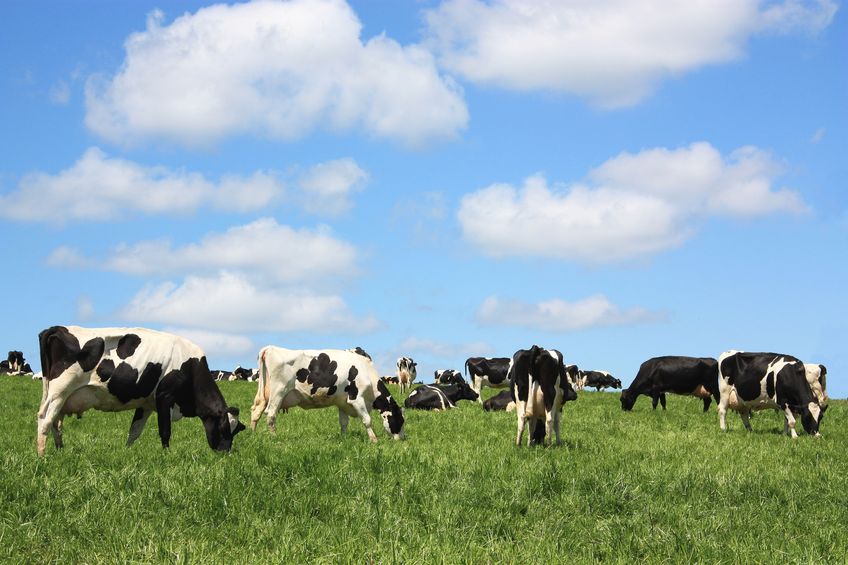
Researchers have found that cows fed a 100 percent organic grass and legume-based diet produce milk with elevated levels of omega-3 and and other healthy fats.
The project, which includes participation by the University of Minnesota in the US and Newcastle University in the UK, amongst others, shows the diet provides a markedly healthier balance of fatty acids.
The improved fatty acid profile in grass-fed organic milk and dairy products (also known as grassmilk) brings the omega-6/omega-3 ratio to a near 1 to 1, compared to 5.7 to 1 in conventional whole milk.
Omega-6 and omega-3 fatty acids are essential human nutrients, yet consuming too much omega-6 and too little omega-3 can increase the risk of cardiovascular disease, obesity, and diabetes.
Previous studies have shown that consuming organic beef or organic dairy products lowers dietary intakes of omega-6, while increasing intakes of omega-3 and conjugated linoleic acid (CLA), another valuable, heart-healthy fatty acid.
“With growing consumer demand for organic dairy products, producers may be able to expand their profitability and market share by converting to grass-based pasture and forage-feeding systems,” said co-author Dr. Bradley Heins, Associate Professor of Dairy Science at the University of Minnesota.
'Grassmilk cows'
Findings from the study, published in Food Science and Nutrition, compared the fatty acid profile of milk from cows managed under three systems in the United States.
“Grassmilk” cows receive an essentially 100% organic grass and legume forage-based diet, via pasture and stored feeds like hay and silage.
“Organic” cows receive, on average, about 80% of their daily Dry Matter Intake (DMI) from forage-based feeds and 20% from grain and concentrates.
“Conventional” cows are fed rations in which forage-based feeds account for an estimated 53% of daily DMI, with the other 47% coming from grains and concentrates.
Grassmilk provides by far the highest level of omega-3s—0.05 grams per 100 grams of milk (g/100 g), compared to 0.02 g/100 g in conventional milk - a 147% increase in omega-3s.
Grassmilk also contains 52% less omega-6 than conventional milk, and 36% less omega-6 than organic milk.
In addition, the research team found that grassmilk has the highest average level of CLA—0.043 g/100 g of milk, compared to 0.019 g/ 100 g in conventional milk and 0.023 g/100 g in organic.
Public Health
Daily consumption of grassmilk dairy products could potentially improve health trends, the study shows.
In addition to the well-established metabolic and cardiovascular benefits of omega-3 fatty acids and CLA, there are additional benefits for pregnant and lactating women, infants, and children.
Various forms of omega-3 fatty acids play critical roles in the development of eyes, the brain, and the nervous system. Adequate omega-3 intakes can also slow the loss of cognitive function among the elderly.
In describing the public health implications of the study’s main findings, co-author Charles Benbrook, at Johns Hopkins University, points out that “The near-perfect balance of omega-6 and omega-3 fatty acids in grassmilk dairy products will help consumers looking for simple, lifestyle options to reduce the risk of cardiovascular and other metabolic diseases.”
